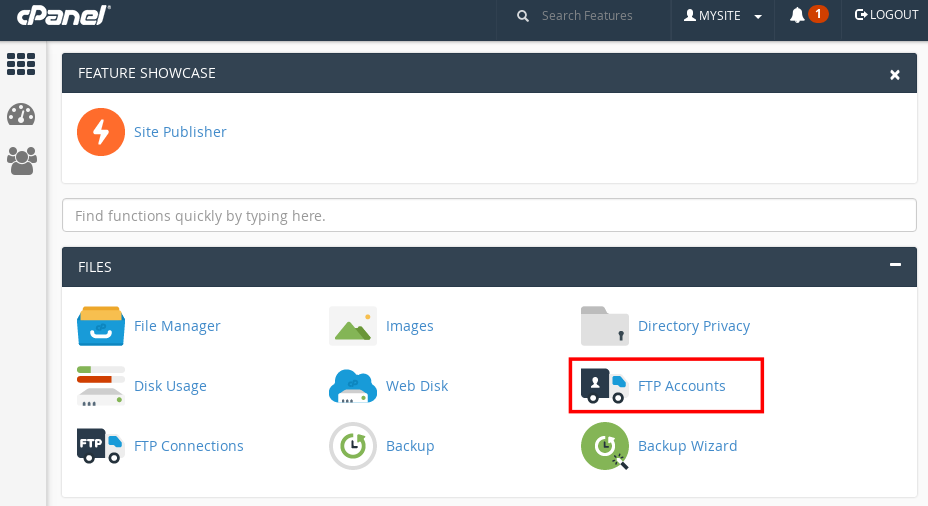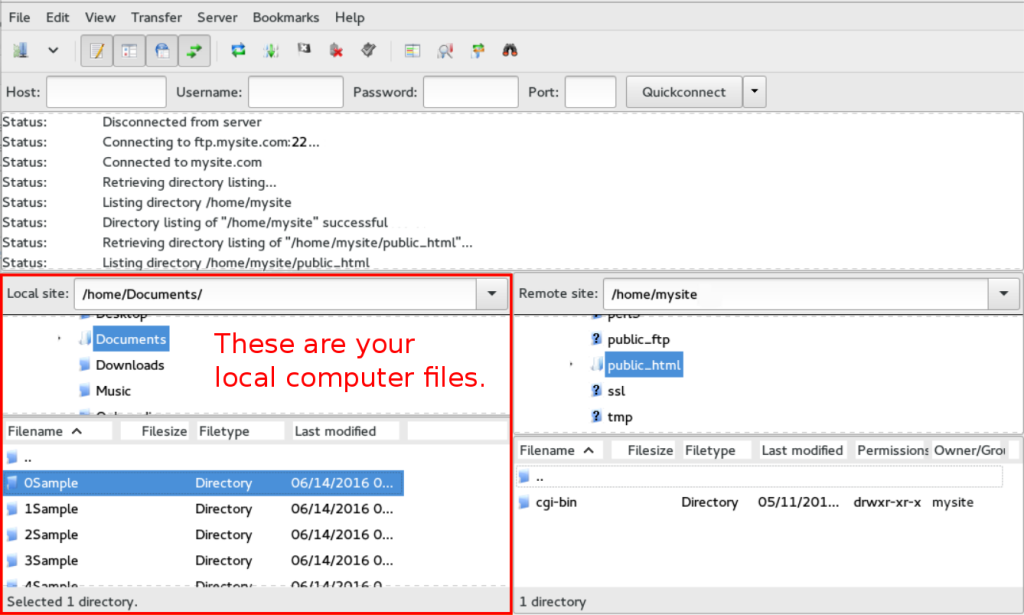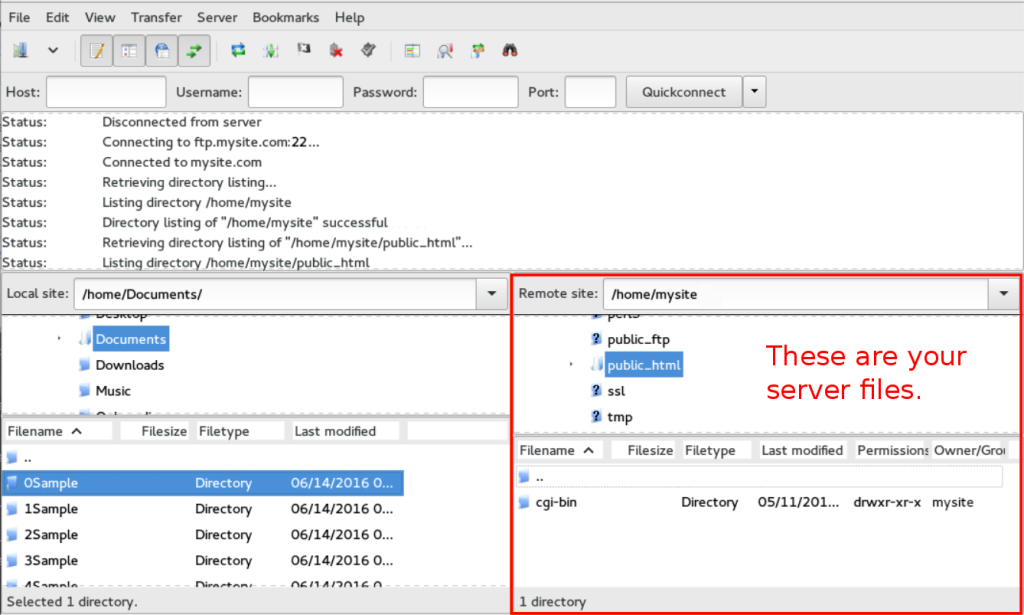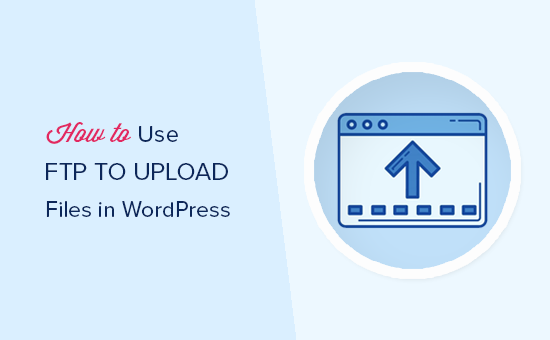You may have heard of FTP—File Transfer Protocol. FTP moves files from your local computer to your domain, much like uploading them with File Manager in cPanel. FTP uploads bigger files faster than File Manager. However, FTP is not a secure file transfer method. Malicious attacks often target FTP.
SSH File Transfer Protocol (SFTP) is a secure file transfer protocol similar to FTP. SFTP performs the same functions as FTP over an SSH connection. Just like FTP, you need a desktop FTP client to use SFTP. This is different from File Manager, where you can upload files from any internet-connected computer. Most FTP clients, like Filezilla, CoreFTP, and Cyberduck support SFTP. We recommend you use SFTP if you have a Linux server.
SFTP is not, however, supported on Windows servers. Instead, it’s best to use FTPS, which is FTP using SSL.
Most people use FTP clients to upload files with FTP, SFTP, and FTPS. To do this, you need to download an FTP client, configure your FTP client, and then upload the files you need.
| Note: |
| This article is designed for people who are comfortable downloading software to their computer. Every FTP client is different; the process for the FTP client you choose may be slightly different than the steps outlined here. |
Downloading Your FTP Client
To upload files to your domain, you need to securely connect your local computer to your server. You do this by downloading an FTP client. You can choose any FTP client you’d like, some common programs include Filezilla and Cyberduck. If you have never used FTP before, using one of these clients will make the setup easier.
Every client has different download and installation instructions. Follow your normal process for downloading and installing software to your computer.
- Download Filezilla
Configuring Your FTP Client
When you connect to your cPanel server using an FTP client, you’ll need your domain’s FTP server information (usually this is ftp.mysite.com, replacing “mysite.com” with your domain) and your FTP username and password. You can find this information in cPanel.
- Log into your domain’s cPanel account. If you don’t have a cPanel account for your domain, read Creating a cPanel User Account.
- In the Files section, click on FTP Accounts.

On the FTP Accounts page, you’ll see a Special FTP Accounts section. These pre-configured accounts (plus the root account for the server) are the only accounts that allow SFTP. Find the special FTP account with the Log In matching your domain name. Then click on Configure FTP Client.

You should see some Manual Settings and Configuration Files. Under Configuration Files, find your FTP client and click Instructions. Specific instructions for configuring SFTP on your client will load in a new tab or window. Because each FTP client is slightly different, follow those instructions to configure your FTP client.

| Troubleshooting: |
| If your FTP client won’t connect, check your configuration file settings. Make sure your Server Type is set to Auto-detect or Linux. (In Filezilla, this is under Advanced in Site Manager.) |
Uploading Files with FTP
Once you’ve opened an FTP connection to your server, you’re all set to start uploading the files you need. In this example, we’ll be using Filezilla, but most FTP clients are simple drag and drop interfaces. In this example, we’ll upload files to the public_html directory on a Linux server, but you can upload files to any directory you need.
- On one side of your screen, you’ll see a listing of directories and files on your local computer. On the other side of your screen, you’ll see a list of directories and files on the part of your server dedicated to your domain. If you’ve looked around in File Manager, these folders should look pretty familiar to you.

Find the public_html folder in your directory listing and click on the folder to open it.

- Locate the files on your local computer that you want to move to your server.
- Then, click and drag the files to the public_html folder on your server. Depending on how large your files are, it may take a little bit of time to transfer the files.

Visit your website to confirm your pages are working correctly
| Troubleshooting |
| If you are uploading site content but the uploaded pages are not working correctly, check with your developer or your web development software to make sure you have uploaded all the necessary files. Then, make sure you’re uploading the files to the public_html folder of the domain you’re building. |






